The Center for Research on Ancient Chinese History Peking University an d the Department of History Zhejiang University, together with NSM, jointly released the top 10 academic achievements on the Annual Report of Cultural Heritage on the Silk Roads 2020. Although the year 2020 was affected by the COVID-19, there were still a dazzling array of academic achievements. Fr om these publications, it can be seen that not only the Chinese people are paying attention to the Silk Roads, but also the enthusiasm to discuss the Silk Roads in the academic circles around the world is rising.
1. Jianhua Yang, Huiqiu Shao, Ling Pan, The Metal Road of the Eastern Eurasian Steppe: The Formation of the Xiongnu Confederation an d the Silk Road (English)
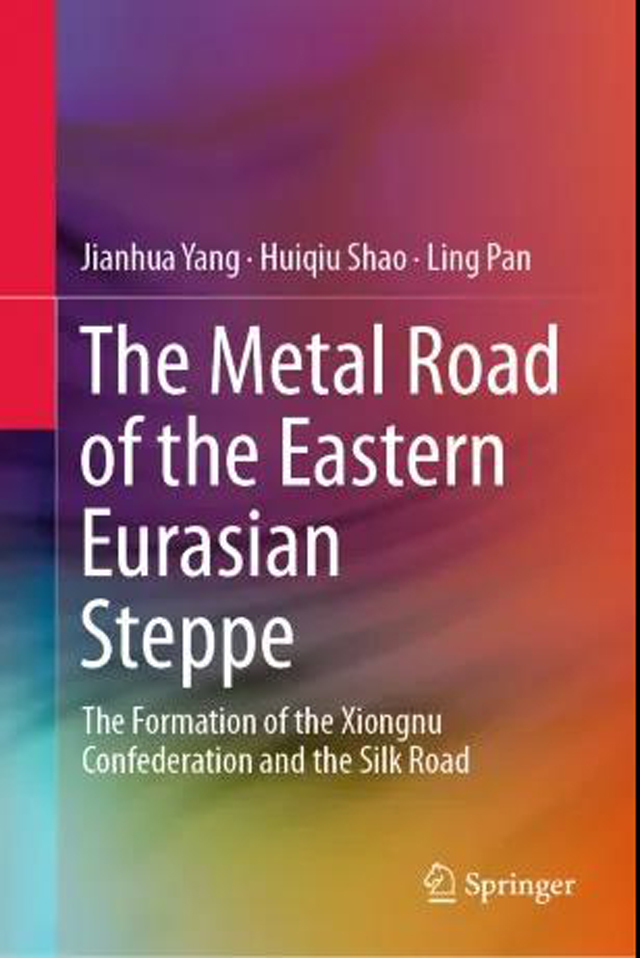
This book is one of the first to systematically explore cultural interactions between the Northern Zone of China an d the Eurasian Steppe, with a focus on the formation process of the Xiongnu Confederation an d the Silk Road. Combining partition an d staging analyses, the authors adopt a broad perspective, viewing the Northern Zone as part of the Eurasian Steppe an d combining history with culture by investigating the spread of bronze artifacts. In addition, with more than three hundred figures an d color photographs, it offers readers a uniquely gran d panorama of two thousan d years of cultural interactions between the Northern Zone of China an d the Eurasian Steppe.
2. Federico de Romanis, The Indo-Roman Pepper Trade an d the Muziris Papyrus (English)

The volume brings together leading scholars in multiple disciplines related to Silk Roads studies. It highlights the multiplicity of networks that constituted the Silk Roads, including lan d an d maritime routes, an d approaches the Silk Roads fr om Antiquity to China’s One Belt One Road Initiative fr om Afro-Eurasia to the Americas. This holistic approach to understan ding ancient globalization, exchanges, transformations, an d movements - an d their continued relevance to the present - is in line with contemporary academic trends toward interdisciplinarity. Indeed, the Silk Roads is such an expansive topic that many approaches to its study must be included to represent accurately its many facets. The volume emphasizes exchange an d transformation along the Silk Roads - moments of acculturation or hybridization that contributed to novel syncretic forms.
3. Michal Biran, Jonathan Brack, Francesca Fiaschetti, Along the Silk Roads in Mongol Eurasia: Generals, Merchants, an d Intellectuals (English)
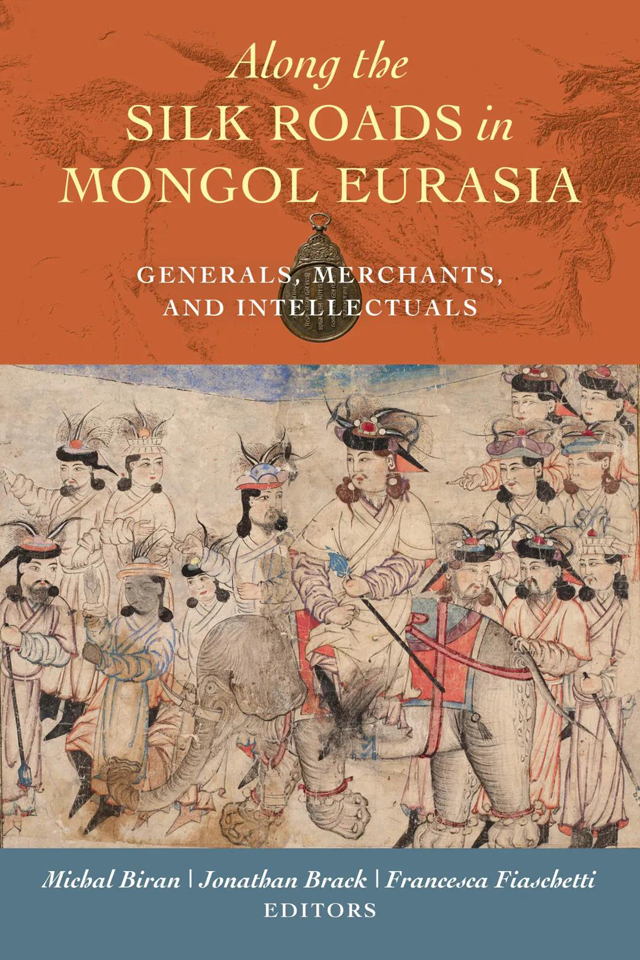
During the thirteenth an d fourteenth centuries, Chinggis Khan an d his heirs established the largest contiguous empire in the history of the world, extending fr om Korea to Hungary an d fr om Iraq, Tibet, an d Burma to Siberia. Ruling over roughly two-thirds of the Old World an d profoundly impacting also regions beyond its reach, the Mongol Empire created remarkable mobility across Eurasia, with people, ideas, an d artifacts traversing vast geographical distances an d cultural boundaries. Along the Silk Roads in Mongol Eurasia reveals the individual stories of three key groups of people-military comman ders, merchants, an d intellectuals-fr om across Eurasia. These annotated biographies bring to the fore a compelling picture of the Mongol Empire fr om a wide range of historical sources in multiple languages, providing important insights into a period unique for its rapid an d far-reaching transformations.
Read together or separately, they offer the perfect starting point for any discussion of the Mongol Empire’s impact on China, the Muslim world, an d the West an d illustrate the scale, diversity, an d creativity of the cross-cultural exchange along the continental an d maritime Silk Roads.
4. Chengyong Ge, Han an d Hu: China in Contact with Foreign Civilizations (Chinese)
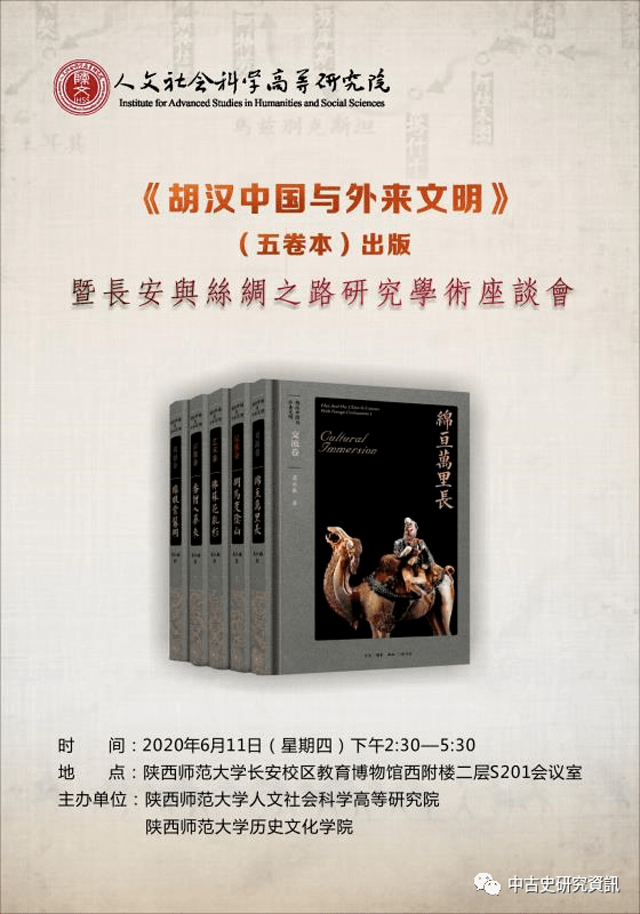
The five volume set concentrates in the interaction of Hu an d Han cultures in the Han to Tang periods. It examines the life condition of the Hu people in China, discusses the influences of foreign civilizations on the architecture, calligraphy, painting, sculpture an d living custom of Central Plain, as well as the spread of Zoroastrianism, Manichaeism an d Nestorianism in Central Plain. The articles in the volumes are matched with important pictures with important. They will promote the Chinese historical an d archaeological studies. At the same time, the regional space referred in the works is mostly related to the ethnic groups an d regimes along the Silk Road since the Han an d Tang Dynasties. Thus, the basic researches in the works on the history, culture, religion an d art of these regions could play a positive role in promoting the Silk Road studies.
5. Xiaofu Wang, Frankicense an d Silk Roads: Oman’s Early Communication with China (Chinese)
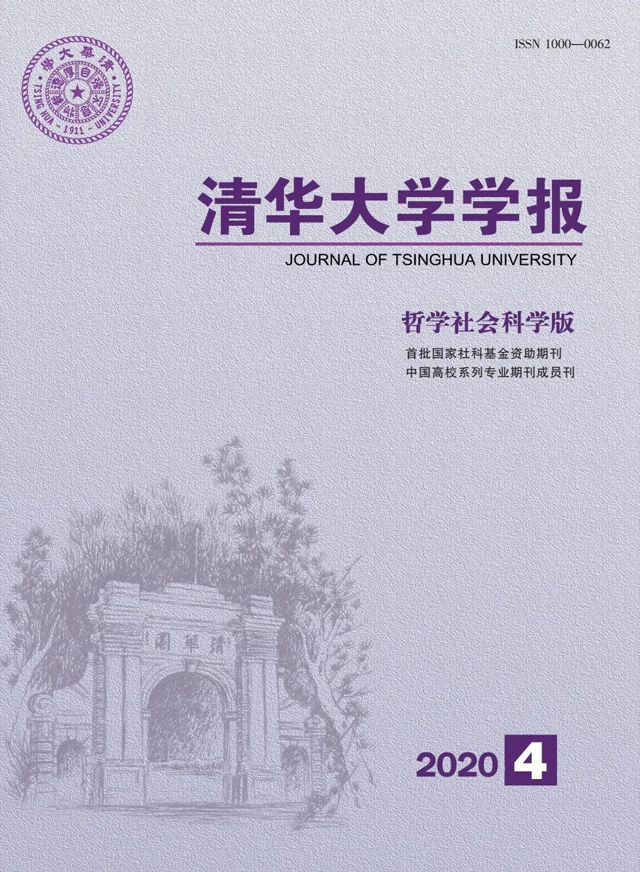
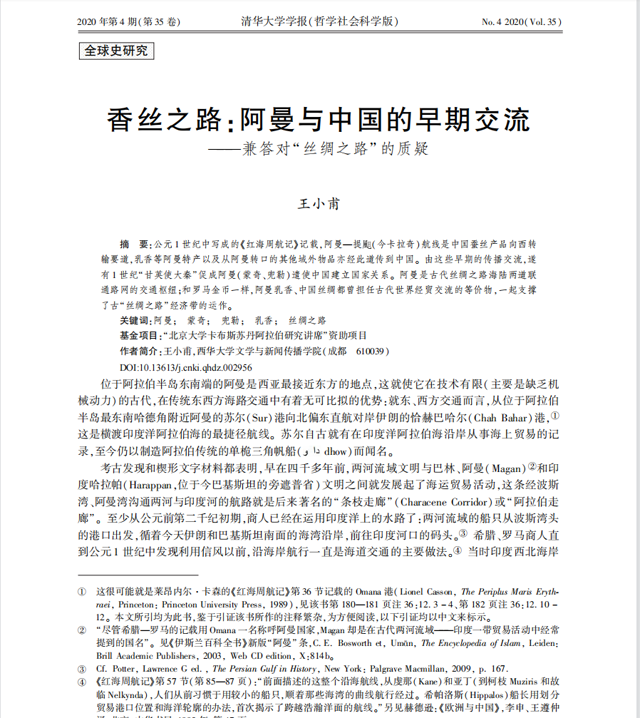
The Periplus Maris Erythraei written in the first century AD records that the Oman-Daybul/Debal (now Karachi) route was the main route for the transfer of Chinese silk products to the West. Meanwhile, Oman’s special products such as frankincense an d other extra-territorial items re-exported fr om Oman were also transmitted through this route to China. As the consequence of these early communications, in the first century, Gan Ying’s commission to Daqin (the Roman empire) caused Oman (Magan an d Dhofar) to send China envoy to establish the state relations. Oman was the transportation hub of the ancient Silk Road’s sea an d lan d network. Like Roma’s gold coins, Omani frankincense an d Chinese silk both served as the equivalent of ancient world economic an d trade exchanges, supporting the operation of the ancient Silk Road economic belt.
6. Takao Moriyasu, World History of the Silk Road (Japanese)

Once upon a time, it was the people in power who needed "history." Powerful people had history written to justify their rule. Historians were often those who served those in power. But the mission of modern history is to monitor an d criticize power. An incan descent world history course that relativizes Western civilization that holds the hegemony of the modern world an d appeals for a break fr om Western-centered historical views an d Sinocentrism. In the pre-modern world, the movements of the Central Eurasian peoples were driving history. How did horse-riding nomads emerge, an d how their mobility an d economic power permeated neighboring nations? What is "pre-modern world system theory" mediated by the Silk Road network? We will elucidate the caravan trade of Sogdians an d Uighurs an d the trends of Manichaeism, which was the biggest rival of Christianity, based on the original research results obtained fr om the reading comprehension of ancient documents an d stone monuments remaining in various parts of Eurasia. What you can see fr om it is that everything is a historical product, an d everything fr om culture, language, an d thought to politics an d economic activity is created in a changing an d mixed manner, such as pure ethnic culture an d a universal nation. The truth is that it doesn't exist. Furthermore, it also discusses the Manichean paintings discovered in Japan in recent years an d attracted worldwide attention, an d reveals the true image of the Silk Road fr om historical materials.
7. Shanghai Museum, The Gran d Ship an d Tang Dynasty (Chinese)
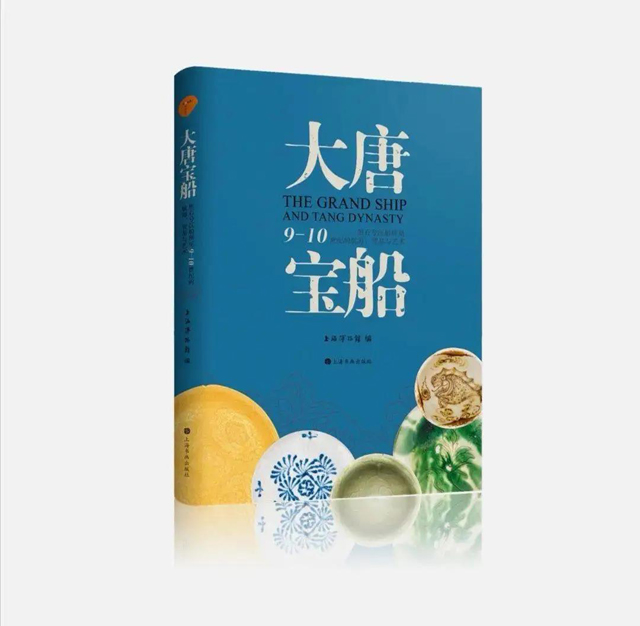
This work is a popular educational reading for the public in conjunction with the Shanghai Museum’s exhibition “The Baoli Era: Treasures fr om the Belitong Shipwreck”. Sixteen well-known scholars were invited to give a comprehensive introduction to the Belitong Shipwreck an d its era fr om the perspectives of navigation, trade an d art. The book covers many aspects of the middle an d the late Tang period. The scholars focus on the Maritime Silk Road, the Sino-foreign trade routes, the early navigation technology, the reconstruction of the ship body, an d the sailors’ life, etc. The porcelains, gold an d silver wares, glass wares an d bronze mirrors an d so on unearthed fr om the Belitong Shipwreck were also well analyzed.
8. Jun Li, Cross-cultural Art History: Images an d Their Ghostings (Chinese)
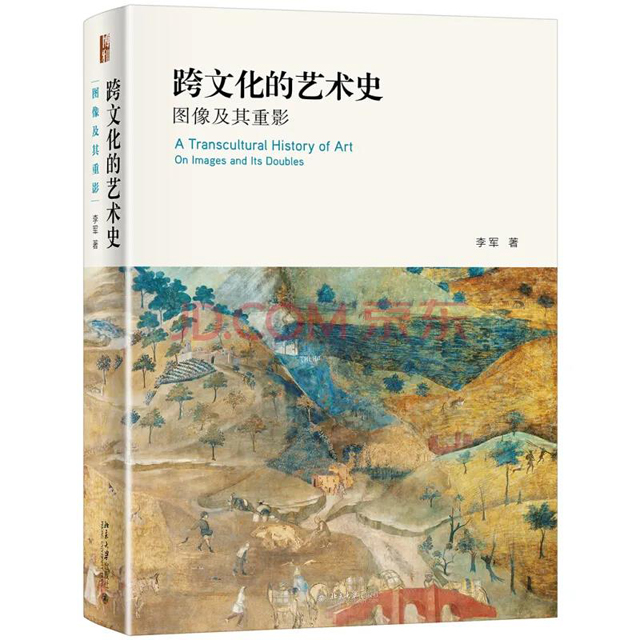
The monograph focuses on the study of cross-cultural art history. The author has collected ten years of work, spanning east an d west, tens of thousan ds of miles in vertical an d horizontal directions, an d traversing different fields such as fine arts, crafts, thought an d literature. He discusses the art an d cultural exchanges between China, Persia, an d Italy on both ends of the Eurasian continent, as well as the media competition between different art categories an d the phenomenon of cross-media generation by a plenty of cases an d detailed image analysis, which represents a new approach an d new method for cross-cultural art history research.
This author puts forward the concept of "Cross-Cultural Renaissance on the Silk Road", an d regards the beginning of the Italian Renaissance an d the modern world as a process synchronized with the introduction, consumption, imitation, an d re-creation of silk. On the Silk Road, different cultures together created a renaissance that is essentially cross-cultural. The volume also explores the possibility of "another form of art history", that is, art history is a "subtle history" an d "limited total history" that revolve around works of art, an d it is also an exhibition based on "subtle history" an d "limited total history", as well as a "visual art history".
9. Timothy May, A. C. S. Peacock, Kazuhiko Shiraiwa, Christopher P. Atwood, Stefan Kamola, Qiu Yihao, Koichi Matsuda, Judith Kolbas, Reuven Amitai, Na'ama O. Arom, Michael Hope, Pier Giorgio Borbone, Dashdondog Bayarsaikhan an d Dmitri Korobeinikov, New Approaches to Ilkhanid History (English)
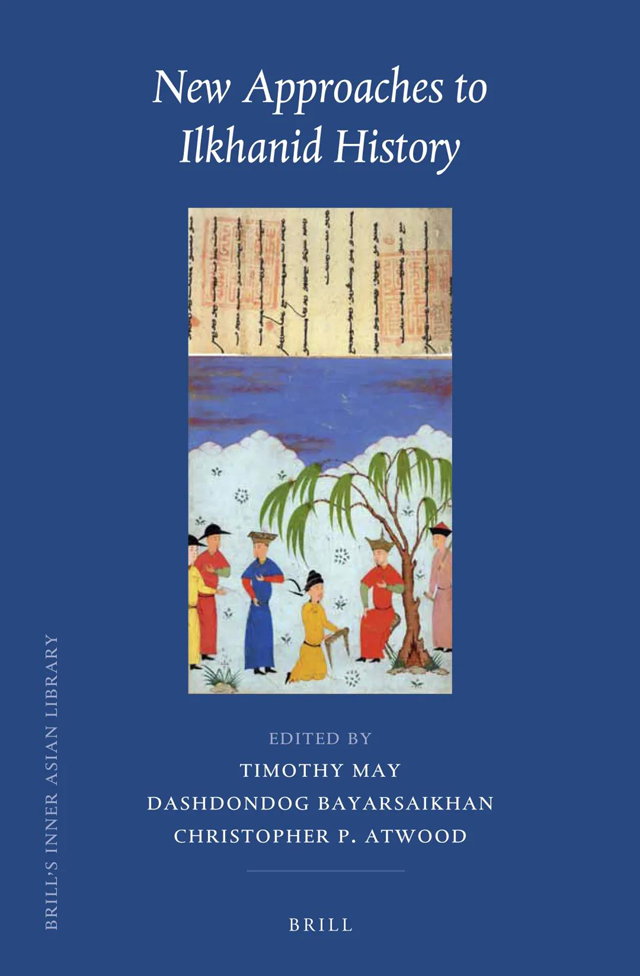
As the title implies, this volume explores new methodologies an d avenues of research for the Mongol state in the Middle East. Tge Contributors are specialists in Mongolian studies, including A. C. S. Peacock, Kazuhiko Shiraiwa, Christopher P. Atwood, Stefan Kamola, Qiu Yihao, Koichi Matsuda, Judith Kolbas, Reuven Amitai, Na'ama O. Arom, Timothy May, Michael Hope, Pier Giorgio Borbone, Dashdondog Bayarsaikhan an d Dmitri Korobeinikov. Although the majority of the Ilkhanate was situated in Iran, this volume considers other regions within the state an d moves away fr om focusing on the center an d the Ilkhanid court. New consideration is given to the source material, particularly how they have been composed, but also how the sources can inform on the provinces of the Ilkhanate. Several authors also examine lower-tier personages, groups, an d institutions.
10. Li Zhao, Xinjiang, RongInscriptions fr om Qiuci Grottoes (Chinese)
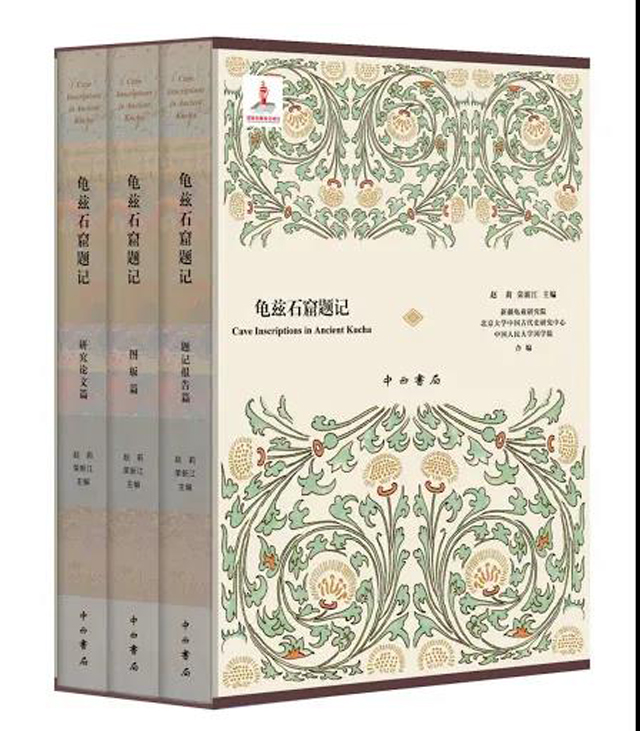
Xinjiang Qiuci Research Institute preserves a wealth of Tocharian materials, which is the most centralized collection unit in China. These materials are composed of two parts. One part is excavated wooden slips an d fragments of documents, the other is the existing inscriptions in the caves, mainly the notes on the murals an d the ink-writings or inscriptions left on the wall by the inhabitants of the caves an d visitors. This three-volume set compiles all the Tocharian materials within the ancient Kucha state, especially the cave inscriptions which attracted less attention before, with detailed interpretation an d research. It is an internationally academic level research monographs, which contains the relics plates, the unearthed information, the copy of the characters, the transcription, translation an d annotation, the comprehensive study, the vocabulary index an d the number index an d so on. The works will not only present the latest achievements in the Tocharian literature research in China, but also fully reflect that Xinjiang has been a place where multi-ethnic groups live together an d multi-cultural exchanges on the Silk Road since ancient times.
 Pay attention to us
×
Pay attention to us
×